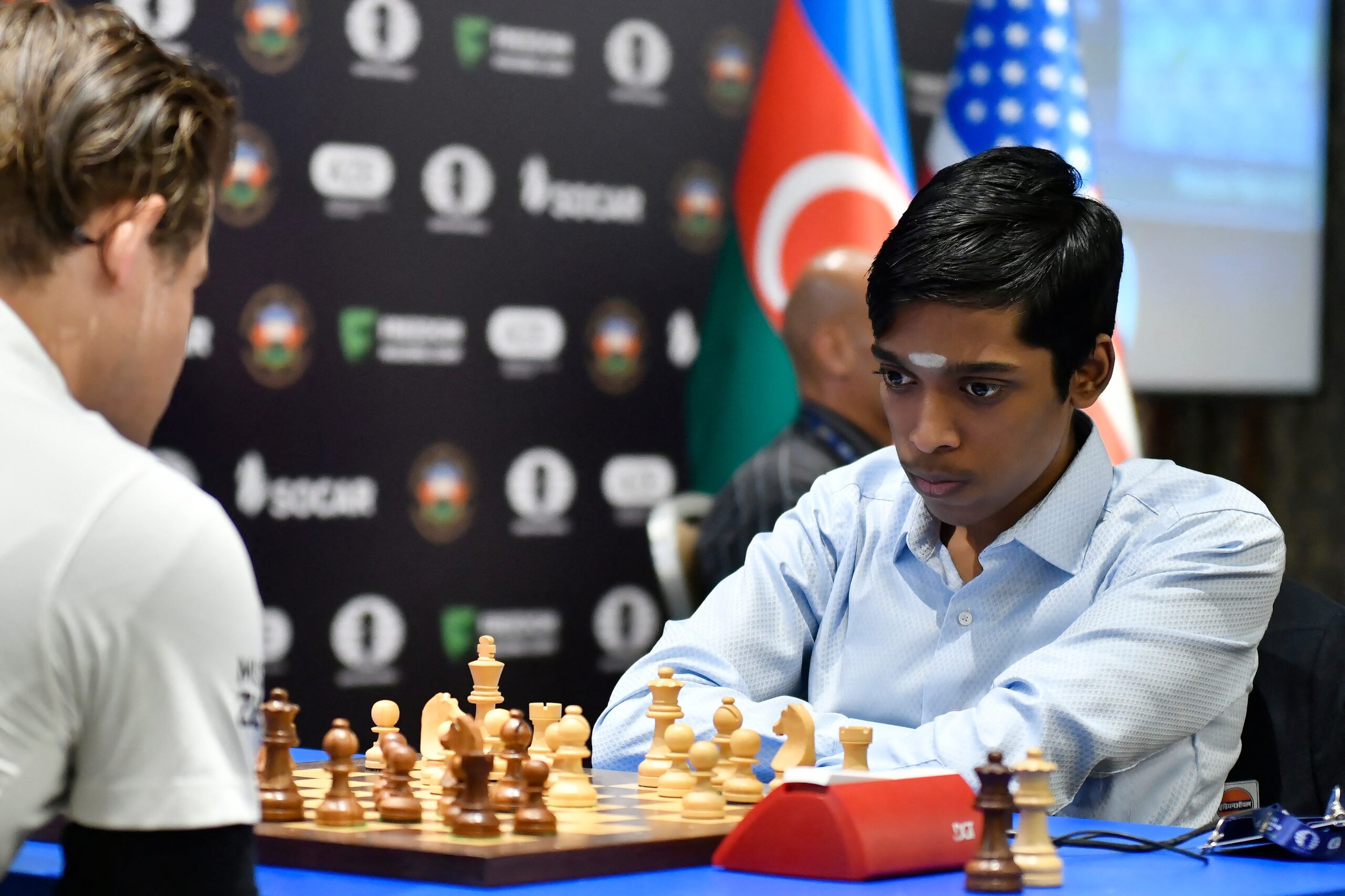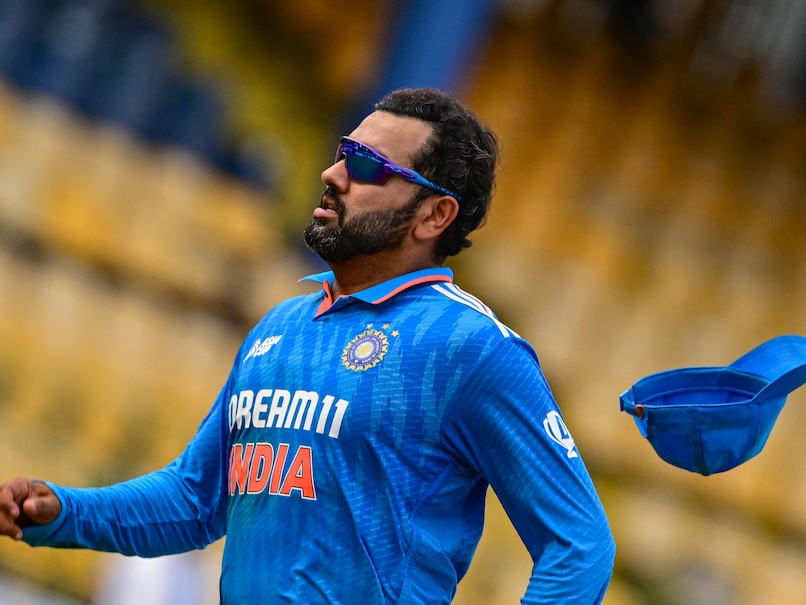The entire India is proud of the manner in which young Grandmaster R Praggnanandhaa played in the FIDE Chess World Cup, going all the way to the final. Although players don’t have to physically move much in the game of chess, the sort of pressure the game puts on their minds, and the sheer amount of focus it puts on their brains is relentless. Though the players don’t exert as much physical effort as cricketers, footballers or tennis players do, a study has revealed the stunning amount of calories a chess player can burn in a day.
As per a report in ESPN, Uzbekistan’s Rustam Kasimdzhanov walked away from a six-game world championship having lost 17 pounds in 2004. In 2018, a study done by Polar, a US-based company that tracks heart rates, revealed that 21-year-old Russian grandmaster Mikhail Antipov had burned 560 calories in just two hours while playing a game of chess.
Another study by Robert Sapolsky, who studies stress in primates at Stanford University, claims that a chess player can burn 6,000 calories in a single day while playing in a tournament. To put things into context, an average person generally consumes 2,000 calories in a single day.
But, what makes the chess players burn so many calories by just sitting?
Sapolsky claims that the breathing rates of players can triple during competition while blood pressure also elevates to incredible highs. Despite not moving much, players also experience muscle contractions before, during, and after major tournaments.
“Grandmasters sustain elevated blood pressure for hours in the range found in competitive marathon runners,” Sapolsky said in the study.
With physical fitness and mind performance being inter-related, players also work hard in the gym to be at their best.
As per chess commentator Maurice Ashley, even India’s first Grandmaster Viswanathan Anand does a cardio workout each night for two hours to tire himself out, hoping to not get dreams about chess.
When it comes to the current World No. 1 Magnus Carlsen, he had to cut back on orange juice during games in order to keep his blood sugar at a reasonable level. The Norwegian has reportedly also developed an optimal way to sit during competition to achieve ‘equilibrium’ between mind and body.
Topics mentioned in this article


















